The 100th anniversary of the end of the First World War will be marked by communities across East Sussex on Sunday (November 11). It was at the 11th hour, of the 11th day, of the 11th month in 1918 that the brutal fighting finally ended.
Over the four years of conflict there had been many dark days and with more than 16 million civilian and military deaths it was one of the deadliest conflicts in the history of the human race. For Sussex, one particular infamous but often forgotten day stands out.
Battle of Boar’s Head
The Battle of the Boar’s Head was an attack on 30 June 1916 at Richebourg-l’Avoué, north of the Somme. It was the day before the infamous main Somme offensive and members of the British Army, most of them from the Royal Sussex Regiment, were told their objective was the nearby salient, a bulge in the line known as ‘The Boar’s Head’ and it was to be ‘bitten out’.
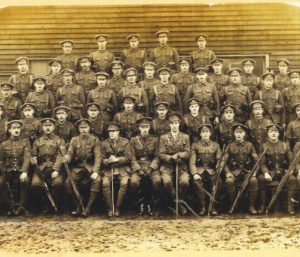
Members of the 11th Battalion Southdowns. (Pic courtesy of Ian Barton)
The truth, though, was this was really a diversionary raid designed to distract the Germans and draw them away from the preparations for the main Somme battle a day later.
Two of the Southdowns battalions attacked the enemy front position before dawn. The Germans had known they were coming for several days and the artillery bombardment had had little effect on the German wire. As a result, the attack was a futile disaster.
Despite all the odds, heavily out-numbered, and suffering withering machine gun attack, the Sussex soldiers initially took and held the German front line trench and then the second trench for several hours. However, running low on ammunition and facing a fierce German counter-attack the battalions eventually had no choice but to retire. There is even a story that one man brought back a notice in English, announcing: “Come on, Sussex boys. We’ve been waiting for you for three days!”
Sgt Major Nelson Carter, VC
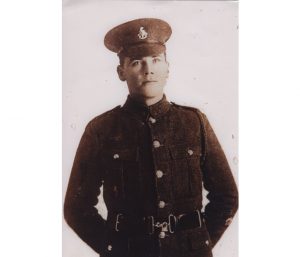
Following the short but hugely costly attack there were tales of great courage. Company Sergeant Major Nelson Carter from Eastbourne single-handedly captured a German machine gun post and used the weapon to cover the retreat before fleeing German trenches himself. He then repeatedly re-entered No Man’s Land to rescue wounded men and carry them to safety. On his final trip he was shot through the chest and killed. He was posthumously awarded the Victoria Cross for bravery.
Other awards for the Southdowns included 20 Military Medals, eight Distinguished Conduct Medals, four military crosses and a Distinguished Service Order.
In fewer than five atrocious hours the three Southdowns battalions of the Royal Sussex Regiment had lost 17 officers and 349 men killed, including 12 sets of brothers, three from one family. A further 1,000 men were wounded or taken prisoner. In the regimental history it is known as “The Day Sussex Died”.
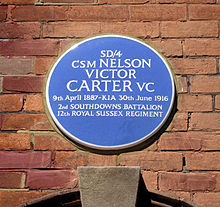
“Listen to the wraiths of morning in Flanders fields of grey,
Can you hear The Royal Sussex who came and went away
And linger still in graves unknown amidst the furrow and the thorn.
But never flinched, duty done, these sons of Sussex bred and born.”
Anon
Note: A blue plaque can be seen on the wall of Sgt Major Nelson Carter’s home at 33 Greys Road in Eastbourne and his Victoria Cross is on display at the Redoubt Museum. He is also remembered on both the Eastbourne and Hailsham War Memorials. His name appears on plaques at Hailsham Community College, at St Mary’s Church, Old Town, Eastbourne, and St Mary’s Church, Hailsham. For more information on his story visit You can read more about his story here
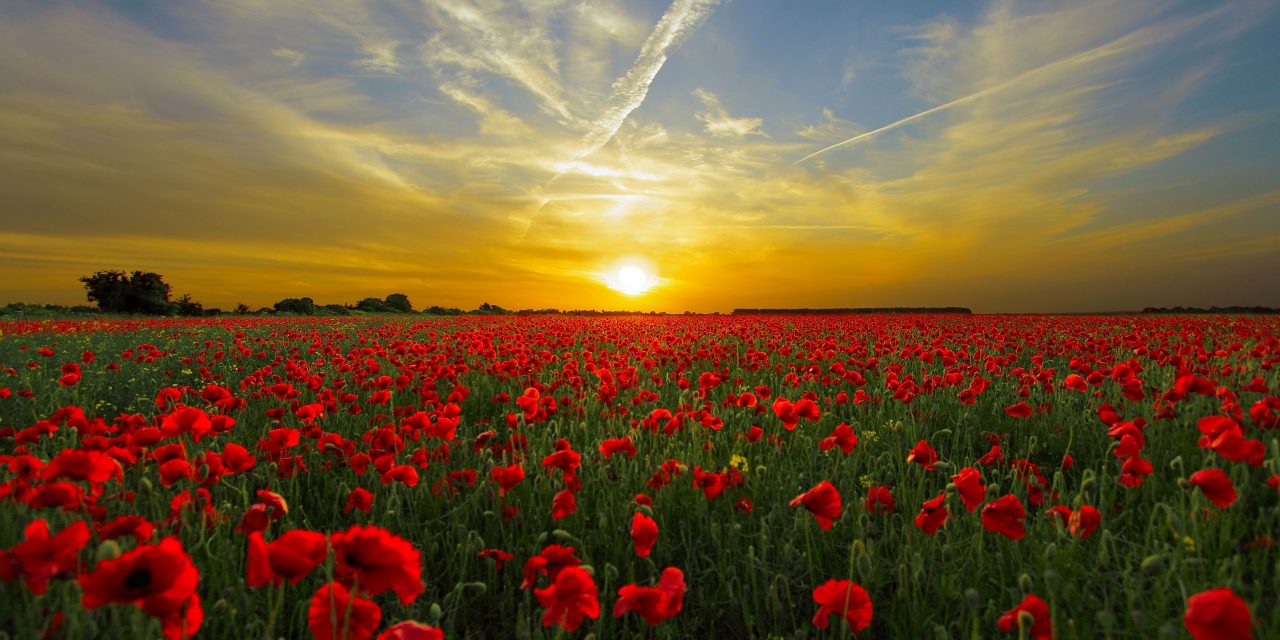



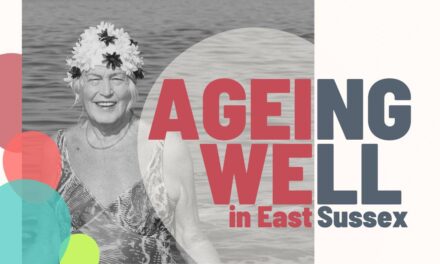
I don’t know which regiment my great grandad was in (he lived in Peacehaven when I was born, but I think he lived in London when my Gran was a girl). He was know to everyone as ‘Snowy’ Pauling and he had two fingers folded down into his palm where he’d been shot. I remember him telling me that his group had over-run a German trench and discovered a lot of wine… going against orders, the men emptied their canteens and topped up with the rough red … he said after drinking it and not having any water, he’d never been so thirsty in his life !
Hi Cori. That’s an amazing story, thank you for sharing. Iain